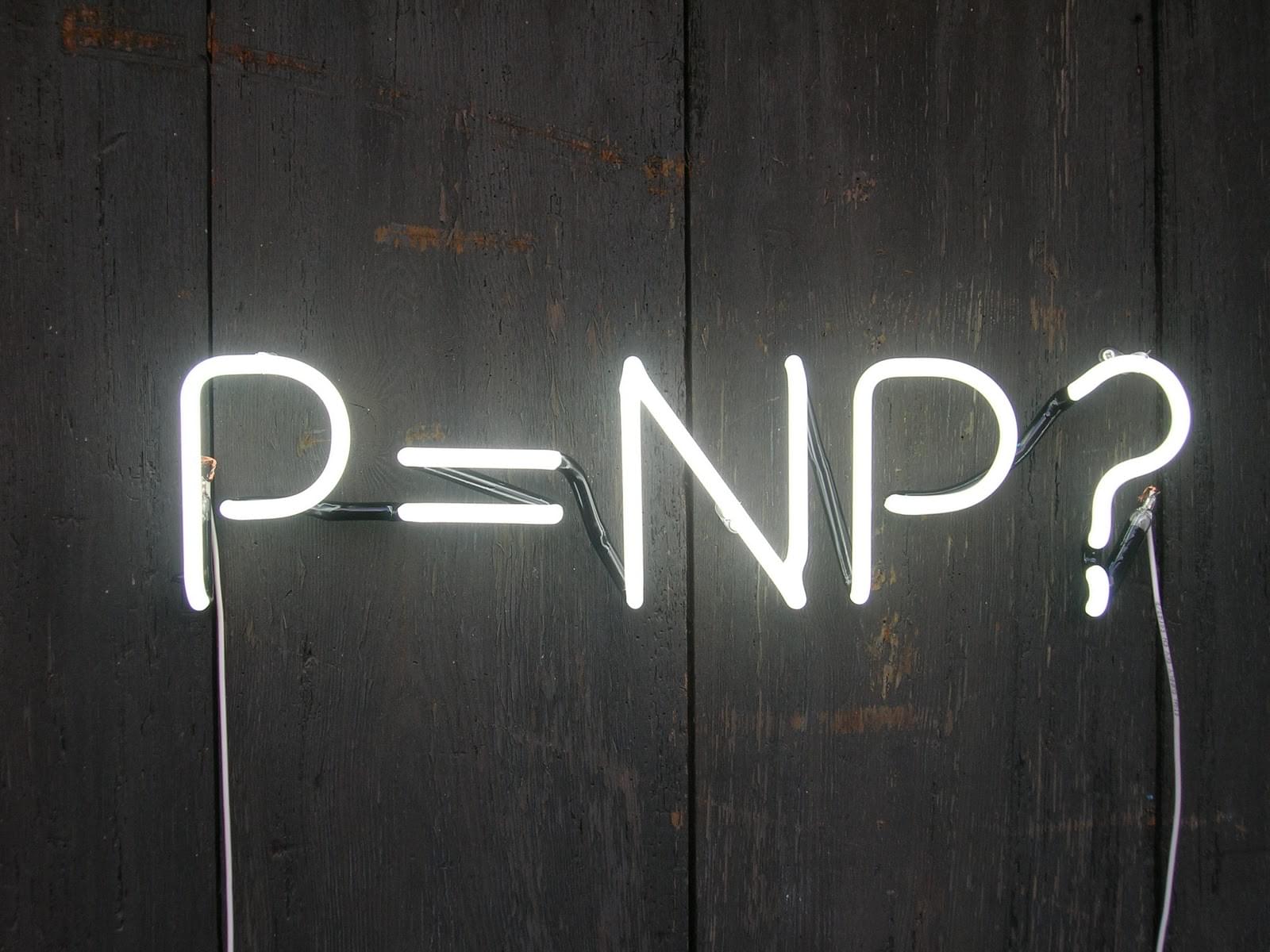算法和计算复杂度 11 Probabilistic Checkable Proofs
Proof systems where a polynomial-time probabilistic verifier can spot-check a given written proof by inspecting a few randomly selected symbols of the proof. Cost: Introducing some error.
📖Definition 48 (PCP verifier). A (non-adaptive) PCP verifier is a polynomial-time probabilistic Turing machine equipped with an additional random access proof tape together with a write-only query tape and a read-only answer tape. Two additional states: query state and continue state. The symbols on the proof tape are given by a proof alphabet.
Operation of : relative to the proof placed on the proof tape.
Denote together with : . During computation can enter the query state at most once.
- Contents of the query tape is a list of positions of proof tape.
- Symbols of the proof tape placed in those positions are placed on the answer tape, after which computation resumes in the continue state.
We restrict that only ONE ACCESS to the proof.
Important parameters of PCP verifier:
- Number of random bits used during computation
- Number of queries made to the proof tape.
📖Definition 49 (PCP languages). Let be functions, let be a non-empty finite set, and let be reals. is the class of languages for which there exist a PCP verifier that on input of length uses at most random bits and queries at most positions of a proof s.t.
for completeness, for soundness.
We often use the notion as follows:
- when
- when
- when both and .
🤔Proposition 17.
By enumerating over all strings of bits and using these in place of the random bits one obtain the slightly stronger statements and .
By enumerating over all possible proofs of length one obtains .
Verifier of is able to access at most different positions of the proof string .
🤔Proposition 18. .
🎯Theorem 50 (PCP theorem). .
🎯Theorem 51. .
A weak version of the PCP theorem
🎯Theorem 52. .
Some observations about interactive proofs and probabilistically checkable proofs.
Consider an interactive proof system . On input , we tabulate all possible replies a prover may send during a run of the protocol with input into a written proof .
Then verifier may be viewed as an adaptive PCP verifier that instead of communicating with simply queries the proof .
In Sumcheck protocol, all msg of consist of uniformly random bits, which means that all queries may be made non-adaptively. Together with Theorem 49, this gives that .
Arithmetic formula in Sumcheck is only evaluated once, at the end of the protocol, and on a uniformly chosen random input .
For proving Theorem 52, we need to show that .
Some details is omitted.
🤔Lemma 18. For any function , where is any ring, there is a unique multilinear polynomial s.t. for all .
🤔Lemma 19. Let and let . Then
📖Definition 50. Let be a formula with var and clauses and let functions and be defined as above. Let be any function. We define the arithmetic formula in variables computing a polynomial of total degree by
We have that is an assignment satisfying iff
📖Definition 51. Let and be functions in variables taking values in a set . The normalized Hamming distance between and is
📖Definition 52. Let be field and let . We say that a function is -close to a multilinear polynomial, if there exist a multilinear polynomial in variables s.t. , viewing as a function .
The aligned full-line test of a function consists of the following steps:
- Pick uniformly at random.
- Pick uniformly at random.
- Evaluate on the set of inputs .
- Accept if is a linear function. Otherwise reject.
🎯Theorem 53. Let . Let be the probability that the aligned full-line test rejects the function . Then either or is -close to a multilinear polynomial.
🤔Corollary 12. Let and . If a function is not -close to a multilinear polynomial, the aligned full-line test rejects with probability at least .
别学了,学不明白的……



